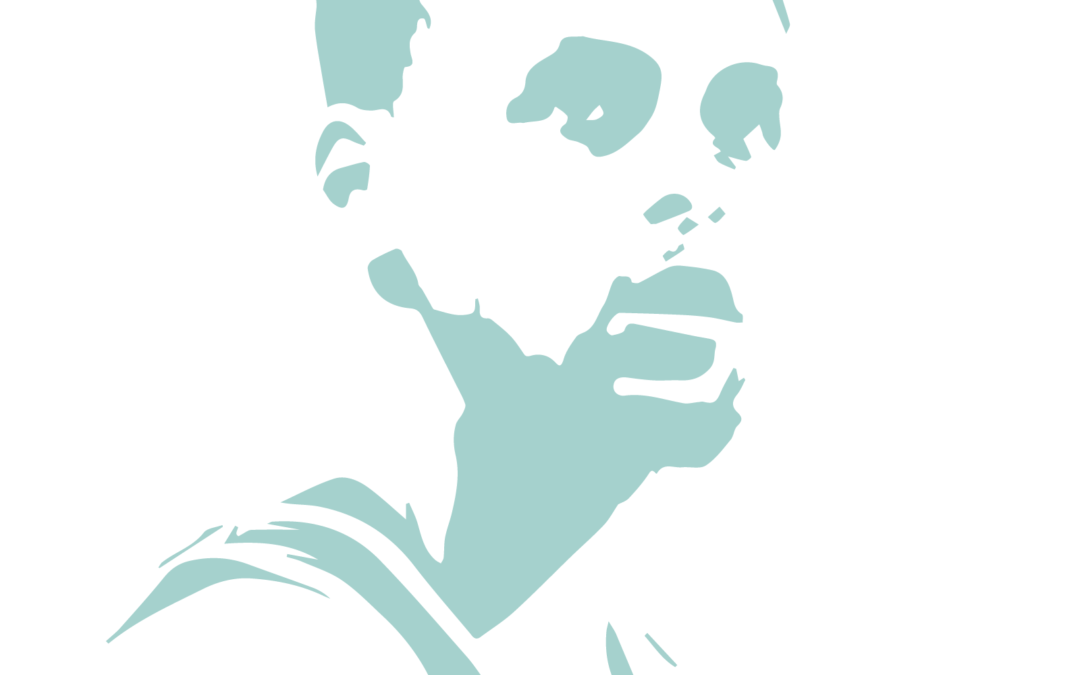Sports that involve catching and throwing obviously come with a higher risk of finger injuries. Finger injuries are extremely common in basketball, which uses a relatively large ball and involves high speeds and a lot of bouncing. The most frequent problem is a ‘jammed’ finger, where an impact at the tip causes trauma and swelling further down the finger at one of the knuckles. However, finger dislocations, whereby one of the bones slips out of its joint, are also common.
Three-time NBA winner Stephen ‘Steph’ Curry knows the pain of a finger dislocation, after dislocating the middle finger of his left hand while attempting to block the ball during a game for the Golden State Warriors in May 2019. Curry was sent for x-rays to check for a break, but the images showed no fractures and the finger was manually relocated by a doctor. Read more about Curry’s injury here.
A dislocated finger is easy for a doctor to diagnosis with a physical examination, but the injury should always be examined with x-ray to check the extent of the damage and especially to spot potential fractures.
Dislocation of the ‘distal phalanx’ (the bone at the tip) of the finger can clearly be seen on the x-ray image below (arrow). There are no signs of bone fractures.

Note: image is an example – not that of the athlete named above.
Radiographers are experts at using x-ray to get perfect images of the bones, and radiologists know exactly how to spot even the smallest fractures. If any fractures are present, then the finger may require surgery. In any case, once the dislocated joint is realigned (a process called ‘reduction’), further x-rays are often ordered to check it has been done properly.
For more information about finger dislocation, click here.
